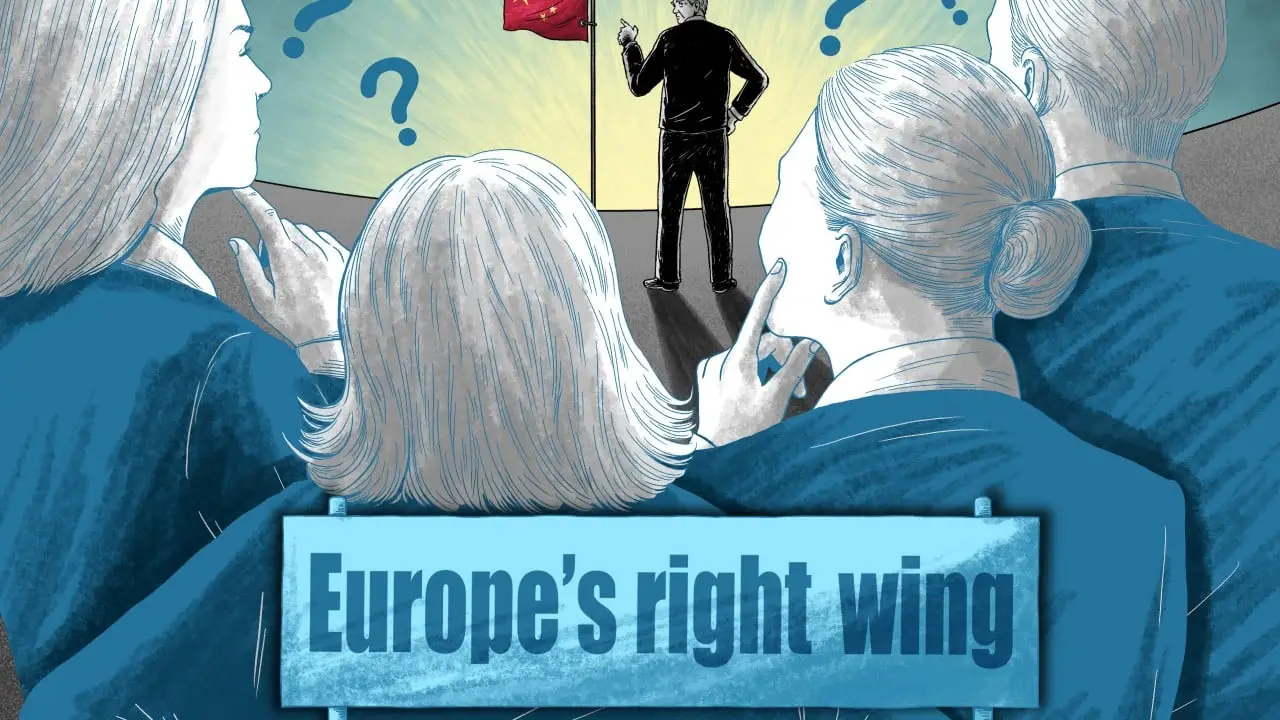Published: 10:00pm, 24 Dec 2024Updated: 10:07pm, 24 Dec 2024
“USA today. The future has begun!” Hungarian Prime Minister Viktor Orban posted on X this month after visiting Donald Trump at Mar-a-Lago, along with photographs including one of the Time magazine cover of the president-elect, its person of the year.
Advertisement
Two days earlier, Trump dined with Italian Prime Minister Giorgia Meloni at a reception for the reopening of Notre Dame cathedral in Paris, telling reporters she was “a real live wire” that he “got along great” with.
That Trump would hit it off with the two European right-wing leaders is no surprise. They share similar views on the challenge of immigration and many other social issues that define the populist fervour that brought each to power.
Trump, who has often treated Brussels with derision, is also well known for trying to work with leaders whom he likes, even if doing so is counter to traditional engagements that US President Joe Biden relied on to shore up Washington’s transatlantic leadership.
Biden has generally been effective working with the European Union and Nato to craft a more unified “China threat” narrative that has helped convince Europe’s leaders to align with his approach to Beijing.
Advertisement
Given Trump’s confrontational approach to international relations in his first term, though, few expect a continuation of Biden’s methods. Indeed, many of Europe’s far-right leaders are celebrating Trump’s return, and analysts speculate that his ties to Europe’s right will influence the EU’s China policy – and vice versa.
Orban and Meloni, two of Trump’s European allies and leaders of the EU’s most successful right-wing factions, however, differ on their China strategies – one is considered “China-friendly”, another is more hardline – complicating forecasts about which way Trump will tack.

